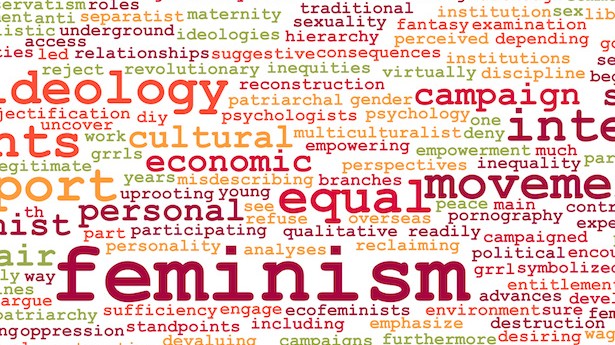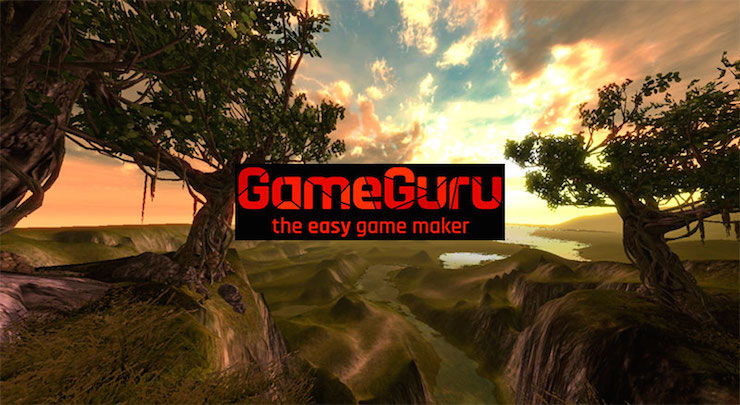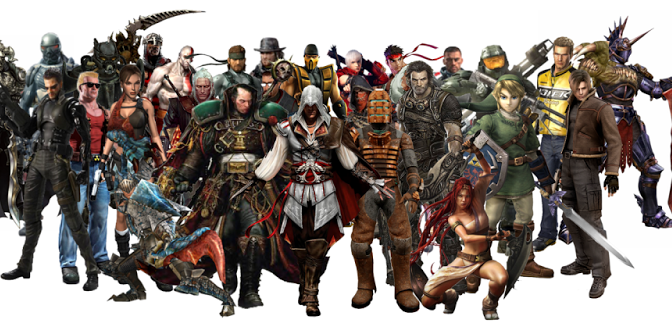I recently watched two TEDTalks. The first was titled ‘Why tech needs the humanities’ (2017) and was presented by Eric Berridge, the cofounder of BlueWolf, an IBM company. The second was ‘Teach arts and sciences together’ (2002) presented by Mae Jemison, the first black female astronaut. While neither are exclusively or specifically about the gaming industry I started to think about the overall messages and ideas conveyed by the speakers and how these ideas could be adapted to think critically about the gaming industry. (I highly suggest watching the videos but I will give a brief description of each below).

Eric Berridge describes a personal story when one of their clients was unhappy with his teams work. He explained that in a room full of qualified engineers everyone was grasping at straws to build both what the client desired and figure out what that even was. One day at the bar, his team started talking to their bartender. After discussing their issues the bartender, whom they had known for a while, half-jokingly said to “send him in”. The bartender had a philosophy and humanities background and Berridge described him as ‘brilliant’. The next day during a solemn meeting Berridge told his team that they were going to call in on the bartender’s ideas, and they sent him in. A few days later the bartender had revitalized and revolutionized the project. He worked with the client and got back to Berridge with clarified goals and a sustainable direction. The project became a massive success and the client became one of the company’s biggest endorsers.
Though Berridge has been a vocal advocate of having diverse teams both in terms of gender and race, he now also realized the importance of having a diverse team with different degrees and different modes of thinking. He started to hire more people with humanities backgrounds and noted a significant increase in progress and project success. He said his point is not to devalue scientists and engineers and explains, “please, next time we drive across a bridge or get into an elevator make sure there is an engineer behind it”, but that humanities perspectives are already devalued in scientific fields when they should not be.

Mae Jemison is proof that science and arts can work together. Upon reading more about her background and watching her TEDTalk, you can easily see the analytical creativity – the blend of her artistic passion and scientific knowledge. Her talk also holds a very unique perspective as this speech was given in 2002. In it she explained that the arts and sciences need to be revitalized and that she is extremely worried about the way STEM education is headed – one that devalues the arts and that also ironically miscategorizes both science and art into binary bins that are separate from one another.
Unfortunately, many of her concerns regarding STEM education are very much a reality today. There is a hyper focus on STEM that receives an abundance of funding and often ignores the collaboration between the two ideologies. She explained that both sciences and arts can be constructive and deconstructive and that arts can be analytical and sciences can be creative. She touched on some brief personal memories of when her artistic skill enhanced and affected the way she thought through scientific problems. In one of her final statements she concluded, “Science provides an understanding of a universal experience, and art provides a universal understanding of a personal experience.” They are both part of a whole and they are both a part of us.
When watching these two speakers I was constantly thinking about ways their ideas were or were not reflected within the gaming industry and why. I think Beridge’s talk helps highlight the necessity of diversity for tech companies. Jemison’s presentation and ideas help expound upon the issue with mainstream STEM education that is also very much affecting the gaming industry.
Berridge’s initial situation seemed to be the exact opposite of what is currently held within the gaming industry. While Berridge only had engineers there is a diverse field of workers within the gaming industry as you need expertise from writers, audio engineers, artists, programmers etc in order to have a successful game. However, while Berridge’s team may have had gender and racial diversity, the gaming industry does not. I understand the industry can be quite turbulent and projects can fail for many different reasons ranging from buyouts to poorly construed deadlines1 but there are still many large scale games (and games in general) being released every month. However, it was not until Berridge had a certain degree of diversity that he started to see results – racial diversity, gender diversity, and experiential diversity.
Though the game industry could be viewed as “successful” in different ways there is still a huge ethical problem that is hindering many of the industries products. Racism, sexism, homophobia, and xenophobia are still prevalent issues within studios, gaming communities, characters, dialogue, and narrative events. But Berridge brings a new point to light. While ethics should always be and is an important part of understanding and having diversity, tech companies also need to start understanding that it is not just a philosophical debate – it is a necessity for their products – both from and ethical standpoint and a business one.
Jemison’s talk, though she does not specifically mention it, may provide further understanding for this disparity. The current focus with STEM education separates the arts and sciences fundamentally and in practice. While there are noble and good intentions among STEM programs, like Girls Who Code and Engineering for Kids, these are often programs outside of regular education and do not reach as wide of an audience. STEM education is not a bad thing, but STEM that ignores the arts is not the way to go. If we found a way to revitalize the two as Jemison suggested it could be a more inclusive field  as it would bring more acceptance to other modes of thinking – it would bring that experiential diversity Berridge talked about. Furthermore, there would be less of a stigma that if you are not a “hard core programmer” or “hard core engineer” that you are not valuable in a tech setting. This hyper focus and tunneled funding reinforces stigmas which are already problematic for diversity efforts.
as it would bring more acceptance to other modes of thinking – it would bring that experiential diversity Berridge talked about. Furthermore, there would be less of a stigma that if you are not a “hard core programmer” or “hard core engineer” that you are not valuable in a tech setting. This hyper focus and tunneled funding reinforces stigmas which are already problematic for diversity efforts.
Many mainstream STEM endorsements just focus on putting more people in STEM, funding it more, and offering more classes but ignores why there may not be as many people passing or in there to begin with. Maybe part of the problem is that you are missing a good chunk of the population. Despite the fact that STEM education is attempting to bring more people into the fray girls are still discouraged from these types of courses early in their education and 48% of bachelor degree seeking students will drop out or change majors2. Research also shows what a ‘leaky pipeline’ STEM education is for minorities (specifically women), and illustrates the numerous reason this system is failing for many people3.
STEM is important and having these courses is a necessity. But so is art and the humanities and in this narrow field of vision we are missing out on how to achieve what we wanted in the first place – to have more people knowledgeable of STEM concepts and proactively engage in these fields – and could be creating more and reinforcing existing problems along the way. Specifically the game industry is primed and ready for this type of mixed education as many of the fields require a diverse range of skills and thinking. For example, environment artists need to have a good eye for detail and lighting but must also know how to work in engine. Programmers need to understand their languages fluently but also need to understand how to communicate these ideas to other people and to find creative solutions when building tools for artists. While the issues pervading the industry are complex and widespread and there is no one solution I think focusing more on the humanities within gaming and tech education may help with the overall problem or at least in finding more solutions.
1 Schreier, J. (2017). Blood, sweat, and pixels: The triumphant, turbulent stories behind how video games are made. New York: Harper.
2 Hepler, J. B. (2017). Women in game development: Breaking the glass level-cap. Boca Raton: CRC Press.
3 Hirshfield, L. (2010). “She Won’t Make Me Feel Dumb”: Identity Threat in a Male-Dominated Discipline. International Journal Of Gender, Science And Technology, 2(1). Retrieved from http://genderandset.open.ac.uk/index.php/genderandset/article/view/60




